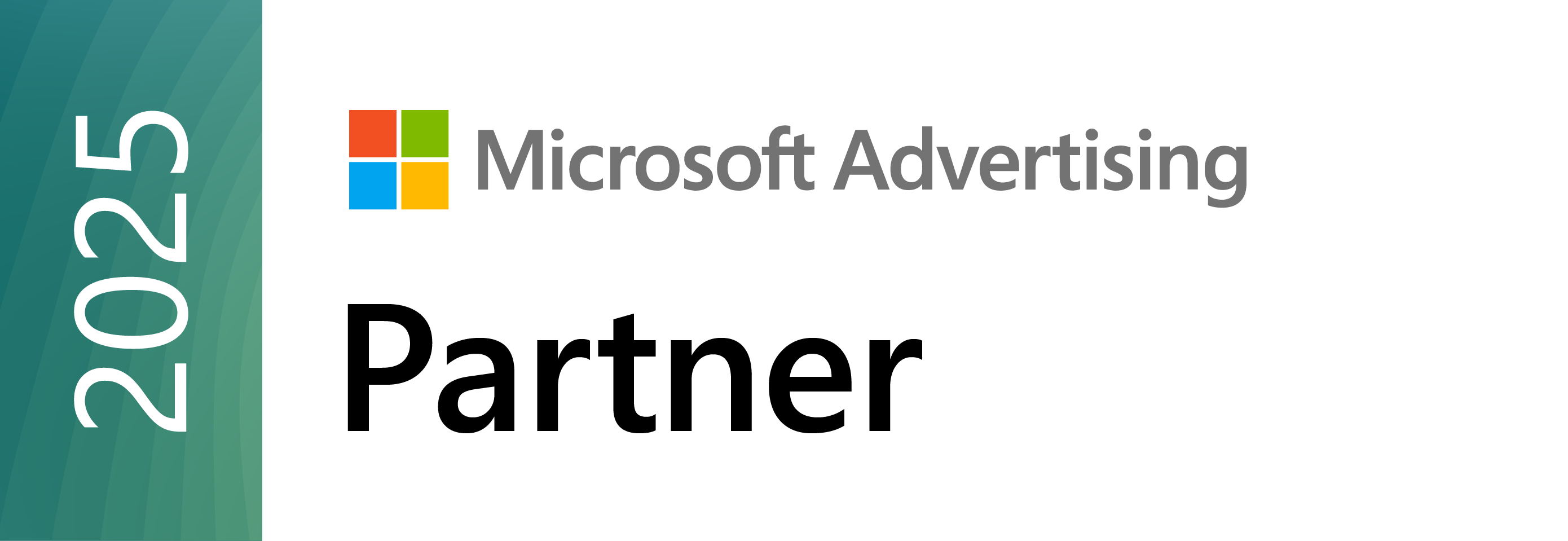
Higher education marketing has a branding problem.
For decades, institutions have followed a predictable playbook: lead with prestige, toss in some ivy-covered buildings, and pepper in a few stats about academic rigor. But today’s students want more than credentials. They’re looking for connection. They want to feel seen, supported, and inspired.
Yet many universities are still marketing like institutions, not brands, resulting in outdated positioning, generic messaging, and a value proposition that gets lost in a sea of sameness. Meanwhile, consumer brands are building emotional resonance, solving real problems, and defining their space with clarity.
Here’s the truth: legacy branding isn’t enough. Prestige and mascots won’t set you apart anymore. If you’re not actively shaping your brand around what students care about, someone else will.
Most universities never truly built a brand. Not one beyond the mascot or the sports team, anyway. Even name recognition often stems from legacy or location, not distinct positioning. As Oodle’s Vice President of Marketing Josh Thompson put it, “[Many universities are] still writing ads that say ‘Flexible and Online’ like that’s a differentiator.”
Meanwhile, consumer brands have spent decades perfecting emotional resonance. Nike isn’t selling shoes; it’s selling a lifestyle. They’ve built a community, a mindset, a movement. Apple doesn’t lead with specs; it sells creative freedom. These companies understand something higher ed often forgets: people don’t buy products; they buy what those products say about them.
We’re in the middle of an enrollment cliff, with fewer prospective students to go around, more online programs entering the market, and rising costs across the board. Students are more skeptical, price-sensitive, and outcomes-focused than ever before. If your messaging doesn’t align with their needs, values, or identity, they’ll scroll right past.
Brand building isn’t fluff. It’s the foundation for performance. Without it, your ads fall flat, your leads don’t convert, and your funnel dries up. As Vice President of Media Hannah Brown at Oodle explained, “When you treat brand as an afterthought, everything else falls apart.”
Students today expect alignment with their values. They want authenticity, support, and ROI: return on identity. That’s why consumer-brand thinking is essential. Because marketing isn’t just about getting attention. It’s about being worth choosing.
As noted in Harvard’s Facing the Future report, we need to redesign education with students at the center, not just academically, but emotionally, socially, and economically. If your marketing doesn’t reflect that, your institution will be invisible to the very people you’re trying to reach.
Here’s a brand-thinking checklist rooted in real-world insights from Oodle and the broader consumer world:
Skip the org chart. Tell stories that show why you matter to students’ lives. Feature real voices, not just faculty credentials or glossy campus photos.
An example could be highlighting a first-gen student’s career pivot through a co-op program. Or a working parent who found success through your evening classes.
“Your brand is the sum of how people experience you,” said Hannah. “If you’re not telling that story intentionally, you’re losing control of your narrative.”
Standing for everything is the same as standing for nothing. Account Director Kyle Fant emphasized, “You have to name who you’re not. You can’t be everything to everyone, and trying to be makes your brand nothing to anyone.”
For example, maybe campus life isn’t your strength, but job placement is. Own it. Maybe you’re not the ‘college town’ school, but you’re the urban commuter powerhouse. Lean in.
Brand is what students experience at every stage. From a TikTok ad to a campus visit to the first advising call, your brand is either reinforcing your value or eroding it. And as Kyle put it, “Every stage of the journey has different needs. If you’re not meeting them, you’re losing them.”
To truly think like a brand, institutions must look beyond awareness and focus on utility. For higher ed, that means clearly showing how your programs support real-life goals, whether that’s career advancement, affordability, flexibility, or personal growth.
But here’s where many schools fall short: they assume they know what students want, instead of actually mapping those needs. Start by identifying the emotional “job to be done” for your audiences. Are they trying to pivot careers? Earn more without quitting their day job? Set an example for their kids? Then audit your touchpoints, from your homepage to your retargeting ads, to make sure you’re speaking directly to those motivations.
When your messaging, delivery, and experience align with what students actually need, you stop marketing like an institution and start building a brand that sticks.
Marketing to high school seniors? TikTok humor might resonate. Talking to alumni donors? A more buttoned-up tone fits. As Josh put it, “You don’t have to sound the same everywhere. In fact, you shouldn’t.”
You could test video content where a current student explains what surprised them about your school. Compare that to your static brochure tone and watch what performs better. “We’ve tested it,” said Hannah. “Performance improves when you drop the overly buttoned-up voice and show up authentically.”
Authenticity wins. Especially in platforms where polished = phony.
Brand doesn’t live in the marketing department alone. It needs buy-in from admissions, leadership, student services, and beyond. “If your program and experience don’t reflect your message,” warned Hannah, “students will drop off before matriculation. We see it all the time.”
If your ads promise support and flexibility, but onboarding is a maze, students won’t stick around. Some schools experience 50% drop-off rates between acceptance and matriculation due to mismatched expectations.
To find where the dropoffs are, conduct a student journey and brand audit. Are your internal stakeholders aligned on your value prop, tone, and audience? Where are you over-promising and under-delivering?
You don’t need a Super Bowl-sized budget to think like a brand. But you do need a clear strategy, a student-first mindset, and partners who know how to help you evolve.
At Oodle, we help higher ed institutions define their brand, connect it to every stage of the student journey, and bring it to life across media, creative, and CRM. Tools like our Atlas™ framework help universities audit what’s working, identify opportunities, and build a plan rooted in real student needs. not just internal assumptions.
Whether you’re ready for a full brand overhaul or just want to start testing more authentic creative, we’ll meet you where you are.
In a crowded market, you don’t need to shout louder. You need to resonate deeper. Students want to see themselves in your brand. They want to feel something and believe that what you offer is worth the investment.
The institutions that win won’t be the ones with the fanciest buildings or the flashiest rankings. They’ll be the ones that feel right. Explore our higher education marketing solutions. Let’s build a brand that students actually connect with.
Get marketing insights that actually move the needle — directly in your inbox.



